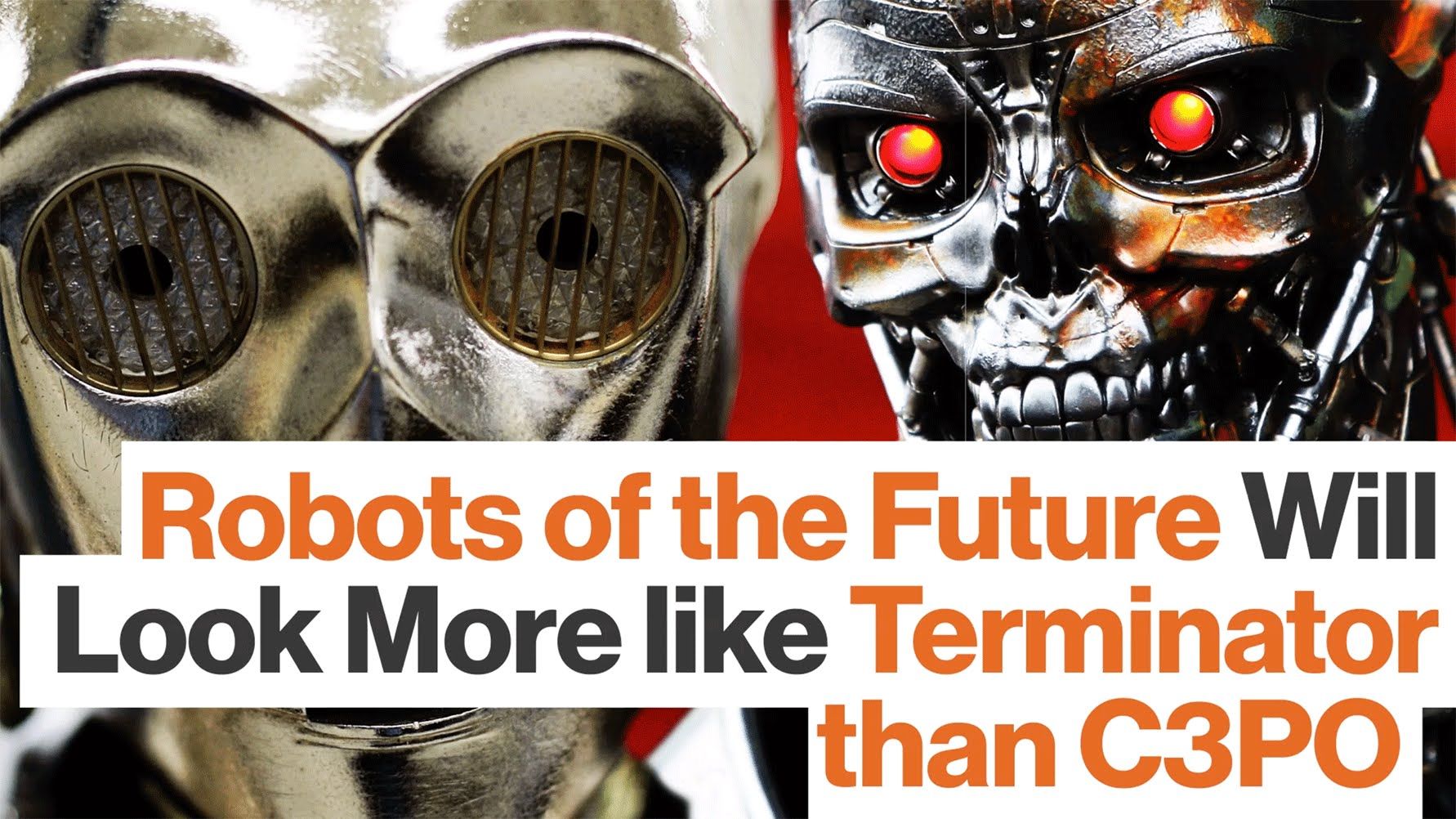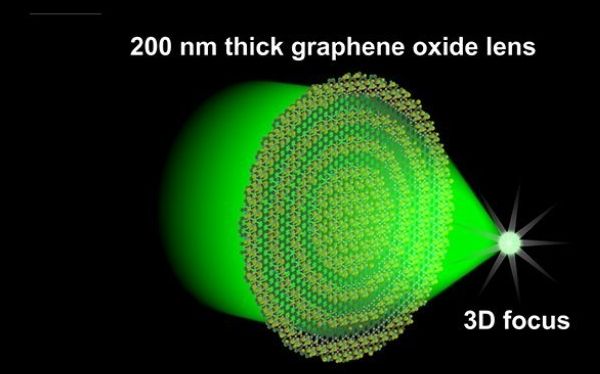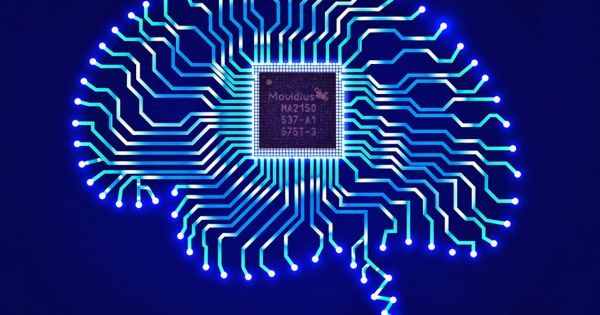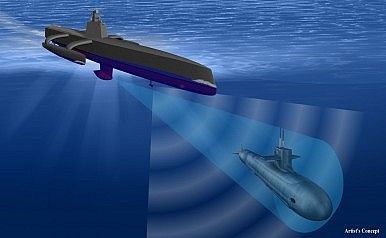Page 11418
Feb 13, 2016
NASA Offers Space Tech Grants to Early Career University Faculty
Posted by Klaus Baldauf in categories: robotics/AI, space travel
NASA’s Space Technology Mission Directorate is seeking proposals from accredited U.S. universities on behalf of outstanding early-career faculty members who are beginning independent research careers. The grants will sponsor research in specific high-priority areas of interest to America’s space program.
Aligned with NASA’s Space Technology Roadmaps and priorities identified by the National Research Council, the agency has identified topic areas that lend themselves to the early stage innovative approaches U.S. universities can offer for solving tough space technology challenges.
“These grants will allow us to support university faculty in conducting research and technology development to solve some of the challenges that we face on our journey to Mars,” said Steve Jurczyk, associate administrator for NASA’s Space Technology Mission Directorate in Washington. “Engaging the creative and innovative researchers at universities across the country provides opportunities to develop space technologies that drive robotic and human exploration of the solar system and beyond.”
Feb 13, 2016
Global Healthspan Policy Institute
Posted by Matt Johnstone in categories: health, policy
The world’s most prestigious thinktank dedicated to advancing the most productive and quality years of life.
Feb 13, 2016
New graphene lens could help computers beam data at the speed of light
Posted by Shailesh Prasad in categories: computing, materials
Researchers have used graphene to create a lens that’s so flat, it’s 300 times thinner than a sheet of paper and weighs just 1 microgram. That means it’s small enough to split a beam of single photons — something that’s going to be crucial if we ever want to develop optical computers that process data at the speed of light.
These optical computers require devices called photonic chips, which store information as photons rather than electrons, and allow that information to move at light speed — and people are pretty excited about it. NASA is already using it, and the technology is getting more and more impressive. But there are still some limitations, and one of those is having lenses thin enough to split beams of light and divert them around the chip.
Attempts to make these lenses in the past have required expensive and impractical materials such as gold, but researchers at Swinburne University of Technology in Australia have been working on a solution, and they’ve managed to produce a lens using graphene oxide that’s not only thin enough to overcome the diffraction limit, but is also cheap, strong, flexible, and easy to produce.
Feb 13, 2016
MIT Researchers Develop Artificial Intelligence Chip For Mobile Devices
Posted by Shailesh Prasad in categories: computing, robotics/AI
MIT researchers have developed a chip that can run neural networks. It’s 10 times more efficient than a mobile graphics processors, and it could allow us to have AIs on mobile devices.
Despite the advances in artificial intelligence (AI) technology, most mobile devices remain behind in adapting and implementing these changes in their software. More glaringly, any kind of mobile software that utilizes AI software (such as deep learning and neural networks) offloads these tasks online to outside networks.
It’s all due to one main reason: Power consumption.
Feb 13, 2016
World’s Largest Anti-Submarine Robot Ship Ready for Sea-Trials in April
Posted by Dan Kummer in categories: military, robotics/AI, transportation
The U.S. Navy’s largest unmanned surface vehicle designed to track Chinese and Russian subs will be christened in April.
Although this article highlights the robots used in the courts across India; robots in the courtroom has also been proposed in the US. So, if we ask ourselves “Can robots take over court cases and reduce the overloaded burden of the court system?” In some areas as a legal assistant, or paralegal to support the attorney/s; I would say yes.
However, taking over full ownership of a case. Well, that gets tricky in the US. For example, I am a client and I have a robot representing me. I lose my court case. So, can I claim misrepresentation under the current laws? You bet I can.
What do we need to do so that the laws enable robots the same level of recogonition/ equality as a human attorney has today? In order for this type of recogonition/ equality to exist; many laws on the books (state, county, city, and federal) will need to be reviewed, admendments proposed, and a vote done on all of them. Which will take a very very long time. Because the volume of laws in the city and county in some areas like NYC, Chicago, etc. is very extensive and expensive to taxpayers.
Feb 13, 2016
IoT Could Be Used by Spies, U.S. Intelligence Chief Says
Posted by Karen Hurst in categories: business, electronics, habitats, internet, security
More Intel Concerns
James Clapper tells senators the vulnerabilities in connected devices that hackers exploit can also be used for surveillance by foreign countries.
As the Internet of things has grown, so has the debate about security around it.
Continue reading “IoT Could Be Used by Spies, U.S. Intelligence Chief Says” »
Feb 13, 2016
Cloud-Brained Humanoid Robots Are Right around the Corner
Posted by Karen Hurst in categories: biotech/medical, habitats, life extension, neuroscience, robotics/AI

As much as this article wants to promote that by 2020 that we will have terminator style robots acting as an in home nurse with patients (at least in the US) will be very hard to see. Most elderly as well as young children need more of human or personable interaction in their lives. I do highly suggest researchers (especially those that have studied children in orphanages where limited human interaction was available) to share your own insights of what happens to children who are without human contact at long periods as well as the elderly. I believe folks will rethink somethings and be more pragmatic in what these robots can and can do.
Published on Feb 3, 2016
Continue reading “Cloud-Brained Humanoid Robots Are Right around the Corner” »
Feb 13, 2016
Brenau aiming to make off-site students more connected through robot computers
Posted by Karen Hurst in categories: computing, education, robotics/AI

This is a excellent use for the robots.
Brenau University students will soon be able to “be in the classroom” even from remote locations thanks to robots the school will be using.
Continue reading “Brenau aiming to make off-site students more connected through robot computers” »
















